Steel helmet Thale-Harz (Germany)
Prerequisites for the emergence
Helmet Stahlhelm M1935 was adopted by Germany in the mid-thirties. In 1940, he went through the first upgrade. In view of the need to simplify production, it was proposed to change some of its details. The changes were minor, which is why the updated version was not considered a full-fledged modification. For this reason, the well-known name M1940 was not official and appeared after the war. In 42-m helmet again upgraded. The M1942 version had a shorter visor and lower part, as well as other differences from the base product. All this simplified production and reduced the consumption of metal.
Despite all the tricks of the designers, the Germans had some problems that became clear during the capture of Poland. The front of this helmet was almost vertical, which to a certain extent reduced its strength and possible level of protection. In other words, soldiers were injured and died even in cases where they could save the helmet. It was necessary to develop and adopt a new defense.
At the very beginning of the forties (according to some data, a little earlier, after the end of the Polish campaign) a series of tests were conducted, the purpose of which was to determine the real characteristics of helmets and helmets used by the German army and foreign armed forces. Experimental products subjected to fire from different weapons from different distances and angles. According to reports, during the tests, the British helmets showed themselves the worst, providing the least level of protection. German helmets from other countries also had problems. However, the most unpleasant for the Germans was the fact that the M1935 shoal was not without flaws.
The simplest and most logical way out of this situation was the creation of a new “steel helmet” that could surpass all existing analogues in its characteristics. Nevertheless, due to certain reasons, all developments in this area did not lead to any real results. Until the end of World War II, the fighters of the Wehrmacht and other structures of Nazi Germany were forced to use M1935 helmets and its modifications. It should also be noted that by the end of the comparative tests, the German industry was in full swing preparing for the mass production of M1942 helmets, which were a simplified version of the basic M1935.
Projects “B”, “BII” and “C”
Despite the presence of serial helmets, surpassing some foreign analogues, the German leadership decided to initiate the development of a new means of protection. Under this program, several new helmet projects have been created. Some developers have tried to continue the development of ideas embedded in M1935, while retaining some of its common features. Nevertheless, Volklingen Stahlwerke employees decided to put the level of protection at the forefront and not to “cling” to the existing recognizable design.
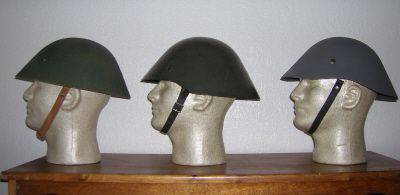
Volklingen Stahlwerke helmets (left to right): "B", "BII" and "C"
Until the end of 1942, Volklingen Stahlwerke introduced four variants of helmets with a higher level of protection. Over time, the number of projects decreased to three. Army command was proposed projects with the designations "B", "BII" and "C". For various reasons, the work under the program to create a new helmet has been seriously delayed. Various discussions, preliminary tests, etc. lasted for two years. Only in the second half of 1944, the command decided on the future of the new program.
As a result of considering the three remaining projects from Volklingen Stahlwerke, it was decided to continue work on only two. Option "C" for several reasons did not suit the customer. It was decided to continue the development of versions “B” and “BII”, since they had noticeably higher protection characteristics and some modernization potential. Already at the design stage, we managed to find out that the design of new helmets, while maintaining weight at the M1935 level, would significantly increase the level of protection. Or, with a similar level of protection, new helmets were obtained more easily.
New helmets made from the same materials as M1935 were about 200 g lighter and weighed no more than 1 kg. Such weight savings made it possible in the future to increase the level of protection of the fighter. In practice, the saved 200 g could be used to increase the thickness of the metal by 0,4-0,5 mm with corresponding consequences for the reliability of the protection.
Helmets "B" and "BII" had a similar design. It was proposed to stamp a metal part of a complex curved shape, similar to a cone with a rounded top and flattened from the sides. In the side surface of such a dome three holes were provided for so-called fastenings. subtitle device. In addition, the helmet provided holes for ventilation.
Volklingen Stahlwerke helmets were supposed to rest on the warrior's head with the help of a metal and leather sub-device device or other available material. The device consisted of a soft part of complex shape with perforation and a tightening cord, as well as a metal belt. Detail of the soft material and belt fastened with rivets. The corners were provided with corners for fastening to the dome and loops for installing the strap.
The main difference between the two proposed helmets was the shape of the steel part. Thus, the “B” dome was slightly lower and had a flat bottom without protruding parts. The “BII” project provided some semblance of the expanding part of the M1935 helmet. On such a helmet, a recess was provided in the front lower part of the dome, which improved the side view. In the case of both helmets, the front curved part of the dome also served as a visor.
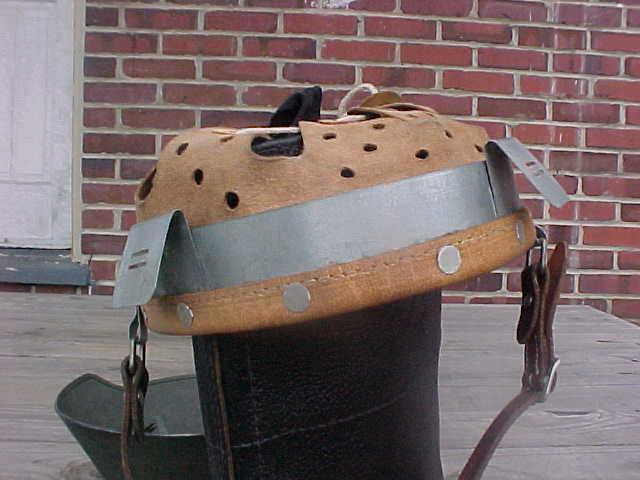
Subtitle device helmets "B" and "BII".
The increased level of protection identified during the tests was associated with the selected dome shape. The front of both helmets was tilted 55 ° to the horizontal, side and rear - 60 °. A similar solution by that time was actively used in projects of various armored vehicles and was called “rational reservation angles”. By placing the metal sheet at an angle to the vertical, a slight increase in the thickness of the metal in the path of the bullet is achieved. Thus, due to the redesigned dome domes, the Volklingen Stahlwerke helmets were more reliable than the M1935.
Around the middle of 1944, it was decided to conduct troop testing of new helmets. Eisen und Huettenwerke ordered the production of hundreds of products of two models. At this stage, new helmets were named after the names of their designers, after which for some time they were designated as Stahlhelm Thale / Harz. Thale-Harz’s helmets were sent to one of the Wehrmacht schools, stationed near Berlin, where they were used for several months.
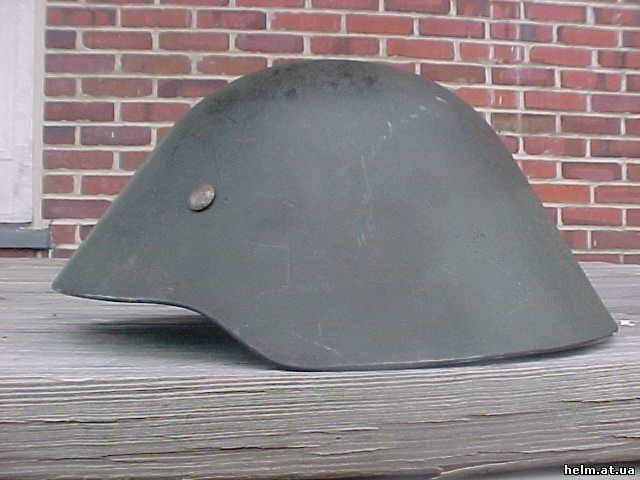
Helmet version "BII".
By the autumn of 1944, all the necessary tests had been completed, which allowed to proceed to the issue of deploying the production of new means of protection. According to the popular version, which has not yet received a valid confirmation or refutation, Thale-Harz’s helmets were not put into service in connection with the decision of Adolf Hitler. A number of sources claim that he did not approve new developments for aesthetic reasons. Allegedly, the new helmets were not similar to the old German stalhelmy, and M1935 and its modifications remained a model of the real protection of "true Aryans." However, the exact information on the reasons for refusal of the Thale-Harz helmets, documented, is not yet available.
In the case of adopting a helmet, the Thale-Harz should have received the designation M1944 (M44) or M1945 (M45), depending on the exact date of signing of the relevant documents. However, the new helmets did not become the standard armament of the army. This, however, does not prevent historians and lovers of military stories use unassigned notation.
Some sources claim that the stalkhelms of the new model in the spring of 1945 were used in battle. In the battles on the approaches to Berlin, training units were thrown into battle, in which troop tests of new helmets were conducted. The Germans did not succeed in stopping the advancing Red Army, and the M44 / 45 helmets did not affect the course of the battles. The advantage was on the side of the advancing Soviet Union, because of which no helmets could significantly delay the end of the Third Reich.
M56 helmet (GDR)
Thale-Harz helmets were not produced in large series and were not widely used. Nevertheless, a curious design with rather high characteristics, apparently, did not disappear. At the very beginning of 1956, the National People’s Army of the German Democratic Republic was created. The armed forces of the GDR needed a variety of weapons and means of protection. At the end of the 56, a new helmet, known as M56, was put into service.
The exact development history of the M56 helmet is still the subject of controversy. Some sources claim that this product is a slightly modified version of the Thale-Harz helmet, while others speak of a completely new development. Nevertheless, it should be noted that the stalkhelm M56 looks very similar to the development of the company Volklingen Stahlwerke in the version «BII». In addition, it should be remembered that the development of M56 led Erich Kizan, previously participated in the creation of helmets of previous models.
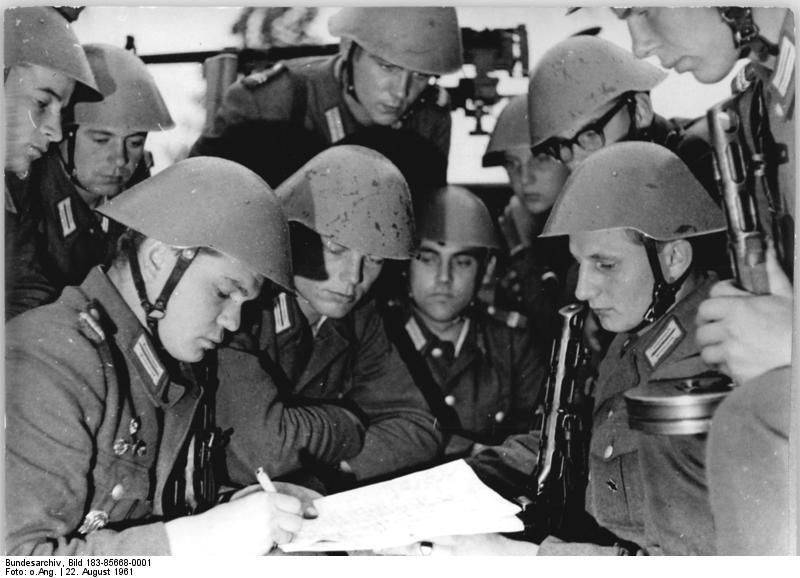
Soldiers NNA GDR in helmets M56, 1961 year.
The overall shape of the M56 helmet dome was similar to the development of the early forties. In this case, six holes were provided in the metal part for the installation of a sub-unit device. The device itself had almost no common features with the old counterpart. In its construction, a plastic shock absorber and foam cushions were used to dampen blows to the dome. Finally, the side of the helmet strap was Y-shaped and covered the ears of a soldier on both sides. Original attachments of the subtitle device to the dome were used. Due to the large size of the latter, there was a risk that the edge of the helmet could be hooked on an object and cause a neck injury. To this end, new latches have been proposed, disengaging the dome and the device with a certain effort.
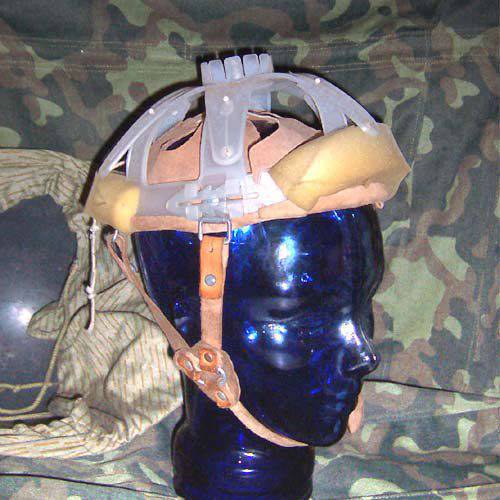
M56 helmet sub device. Photo Chen-la.com
Probably, when creating the M56 helmet, German engineers took into account the experience of Nazi Germany, but did not thoughtlessly copy the product, which was not accepted for service. The result was a serious processing of the dome with the creation of a new subtitle device. Thanks to this approach, with the use of existing ideas and the creation on their basis of new designs, the NDA GDR already at the beginning of 1957 received the first production helmets of the new model.
During the first half of 57, about 50 thousand helmets of three sizes were produced. Serial products were painted matte gray paint. A camouflage net or cover could be put on top of the helmet. Covers come in various colors. In particular, covers of white color with a red stripe and the state emblem were intended for regulators. There was also a plastic version of a helmet weighing about 500 g. This modification was used by soldiers of the guard of honor.
The stalkhelms of the M56 model were the main means of protecting the head of soldiers until the very end of the existence of the NNA and the GDR. After the unification of the two Germanies, the former units of the National People’s Army began to adopt the standards of the German Bundeswehr, abandoning the overwhelming majority of their own equipment, including helmets. M56 helmets went to warehouses or for recycling, and a number of such items became museum pieces or went into private collections.
On the materials of the sites:
http://poster.4teachers.org/
http://chen-la.com/
http://axishistory.com/
http://helm.at.ua/
http://wehrmacht-awards.com/
http://germanmilitaria.com/
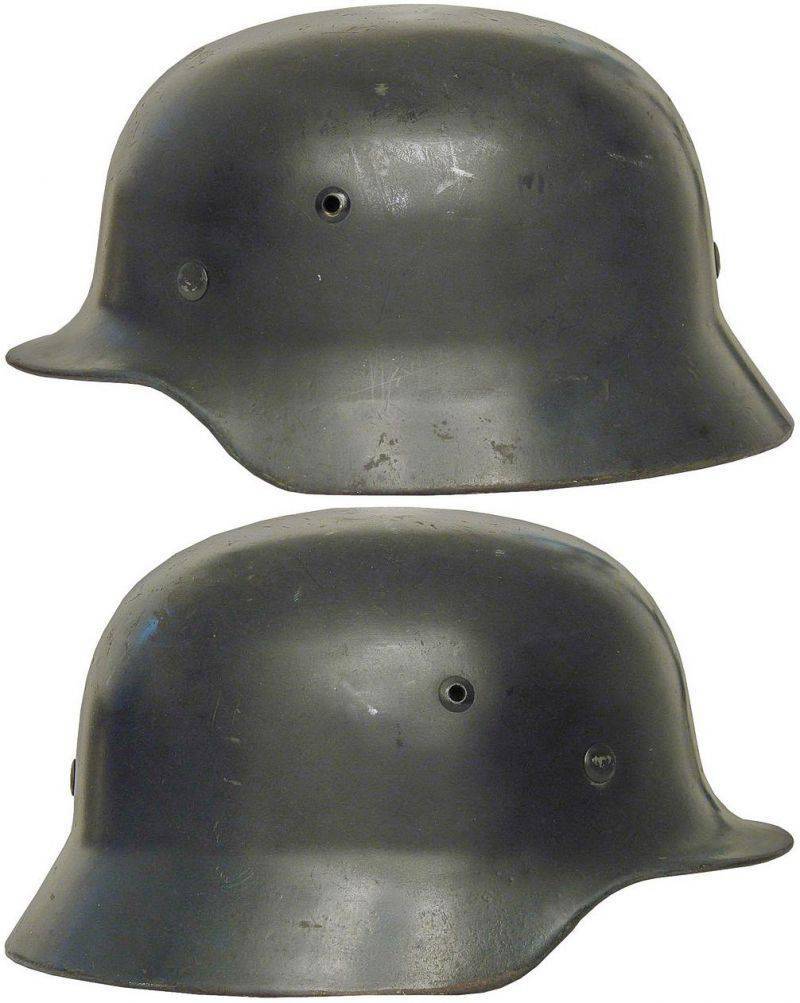
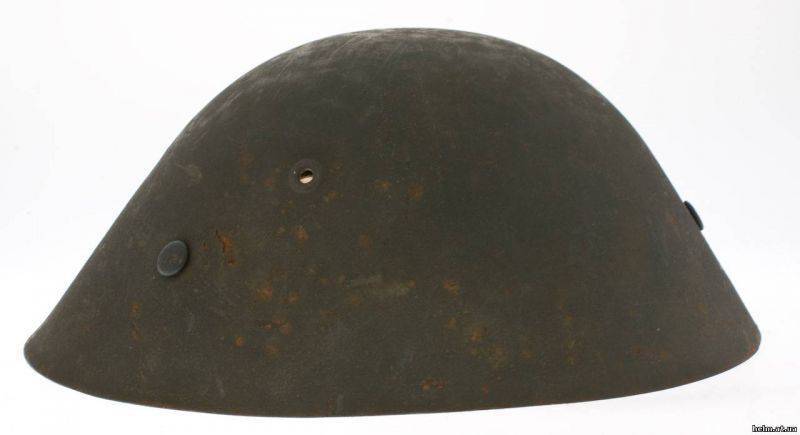
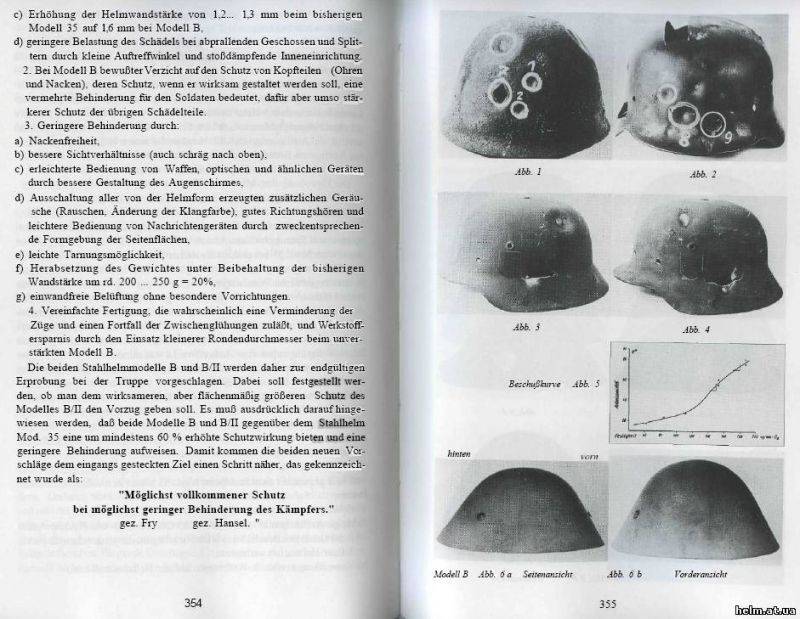
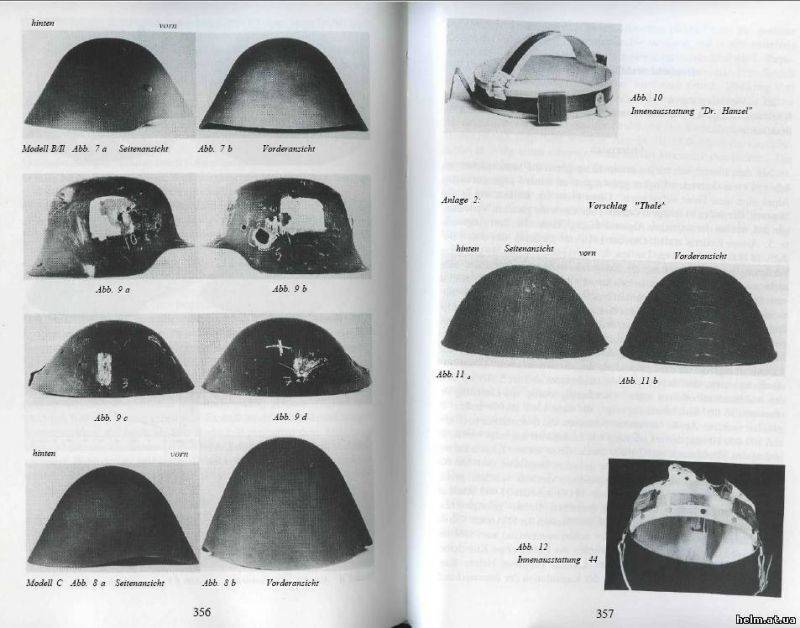
Information